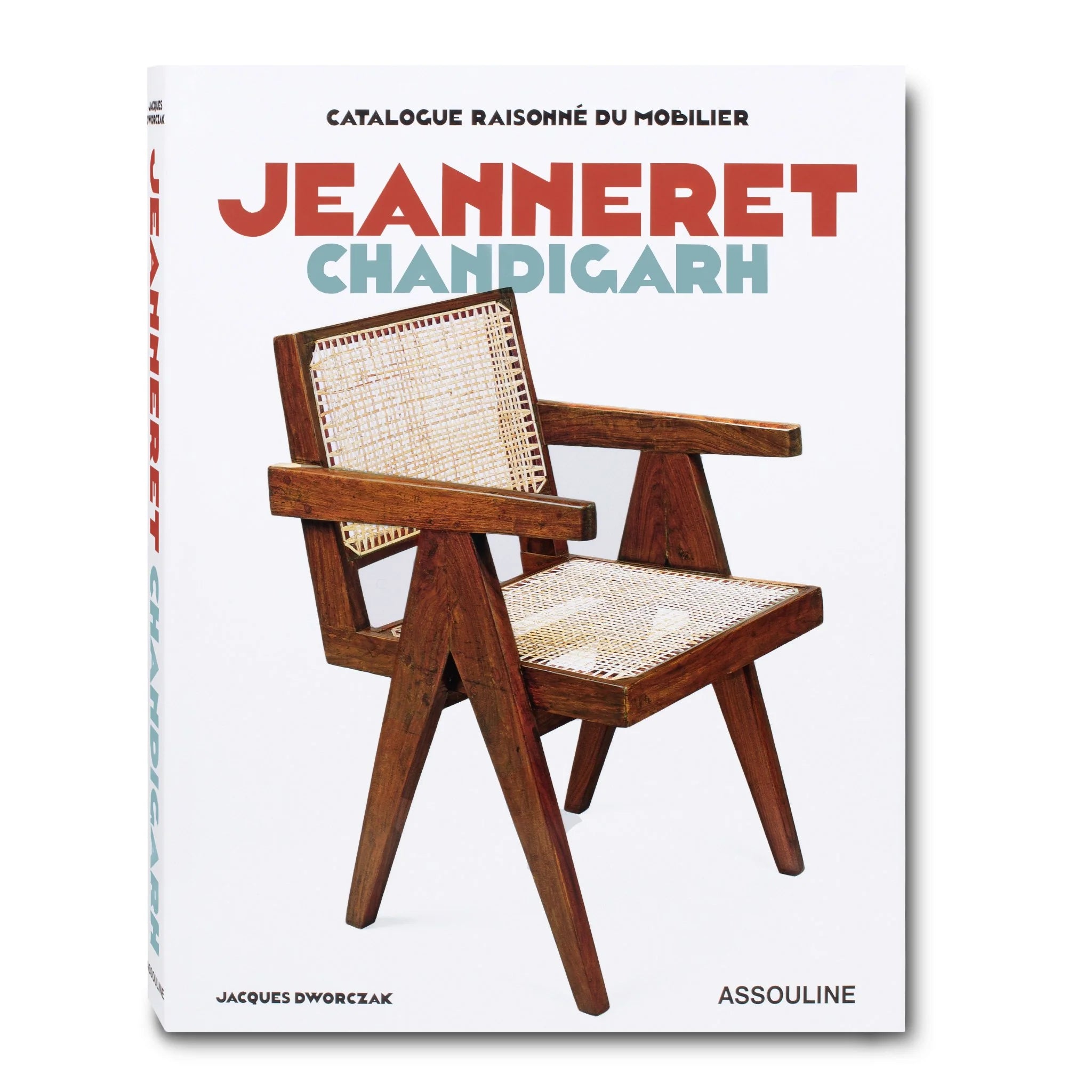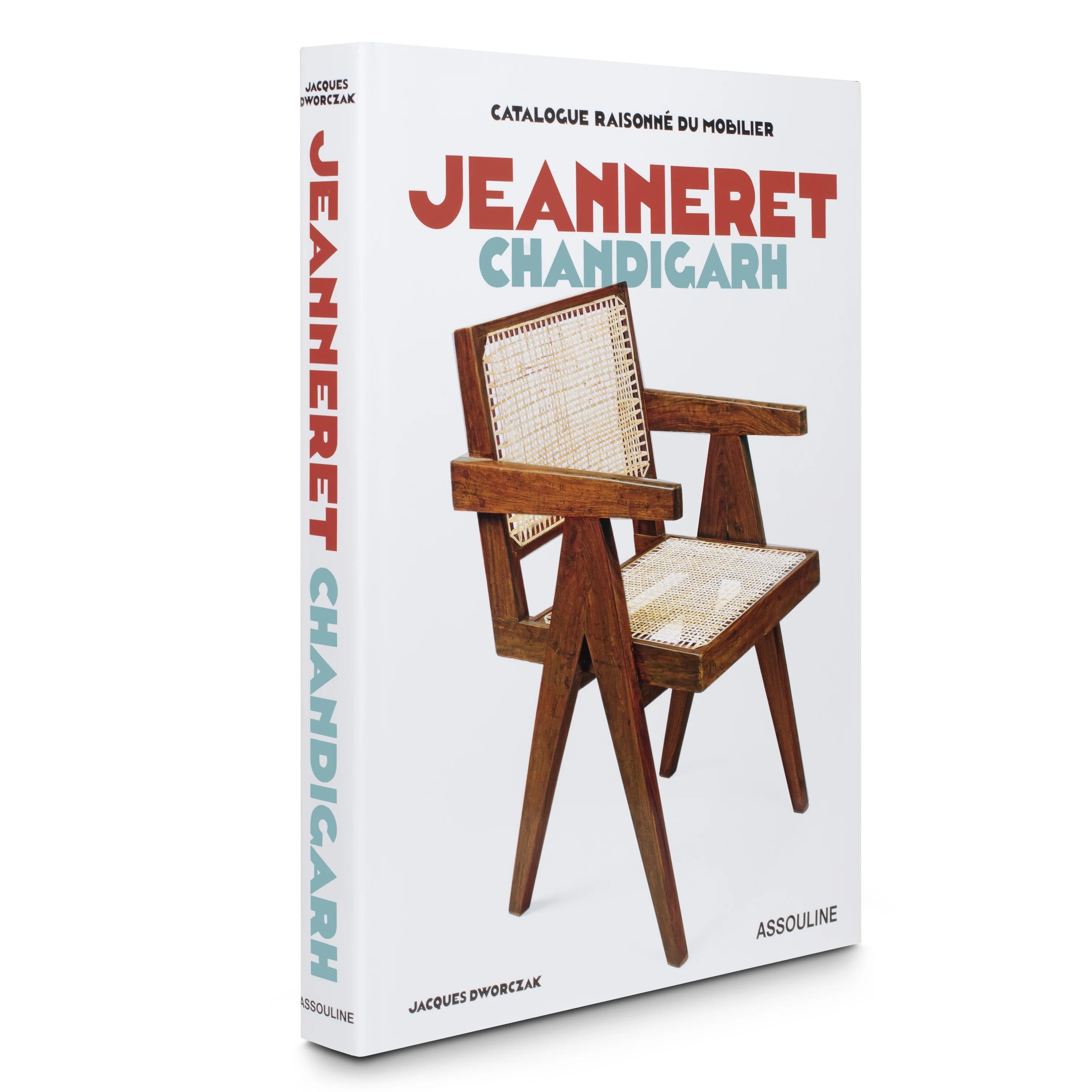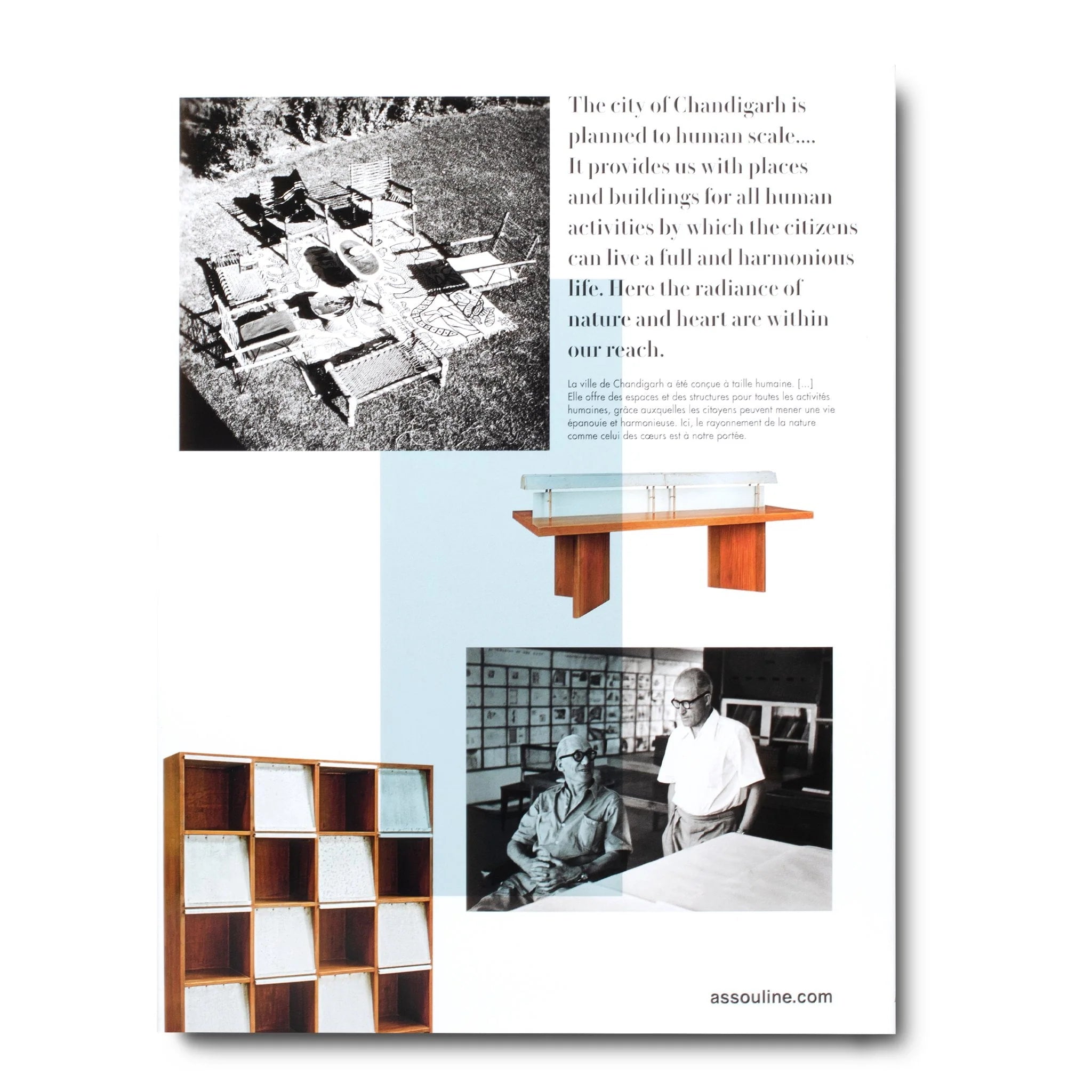


BOOK JEANNERET CHANDIGARH
After India’s independence, Jawaharlal Nehru, the country’s first prime minister, dreamed of “a new city, a symbol of India’s freedom…. an expression of the nation's faith in the future. Chandigarh, meaning "fortress of Chandi", the Indian goddess of power, is the embodiment of Nehru's vision. The construction of this municipality, the brainchild of the famous modernist architect Le Corbusier, born from his utopian dream of an avant-garde city, symbolized India's determination to advance in the contemporary world. Instead of a "vertical city", Chandigarh was organized as a horizontal grid with wide avenues, residential neighborhoods, green spaces, medical facilities, schools, temples, shops, sports fields and a lake artificial. Le Corbusier designed most of the infrastructure, highlighting the large volumes through a bold use of raw concrete. Adapting his architectural plans to the regional climate, Le Corbusier provided protection against the sun and monsoon rains while facilitating air circulation thanks to ventilated shutters and large terraces. In close collaboration with his illustrious cousin, Pierre Jeanneret supervised the manufacture of numerous items of furniture for public and private buildings, using wood from the clearings necessary for the vast project. Recently, the record prices obtained at auction for these pieces have made this great project and its creators known to a wider audience. Today, Indian leaders have become aware of the richness of this great cultural heritage, and since January 2011 no furniture can leave the country without authorization from the authorities and the Ministry of Culture. This specialized catalog raisonné sheds new light on this visionary urban project which is attracting growing interest from design aficionados around the world.
- 350 pages
- in English
- Dimensions: 30 x 37.30 x 3.70 cm
- Ref. BOOK195 / MOBILE
Choose options




